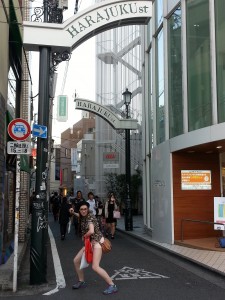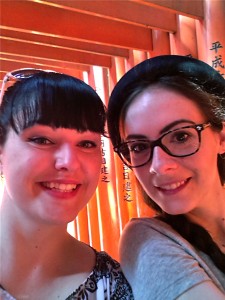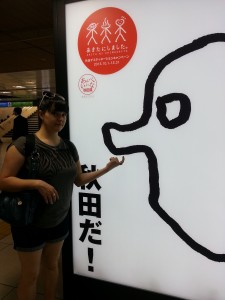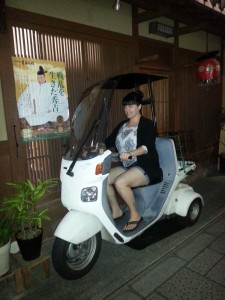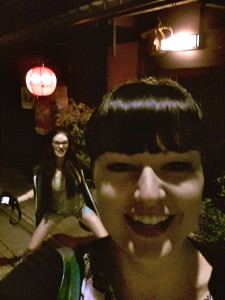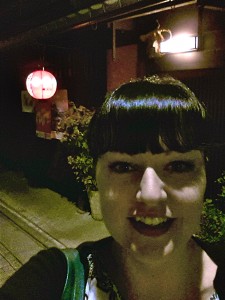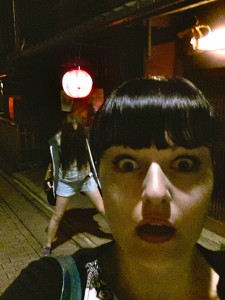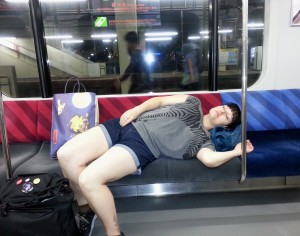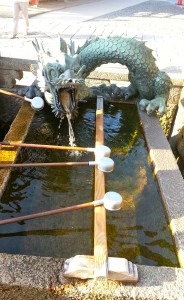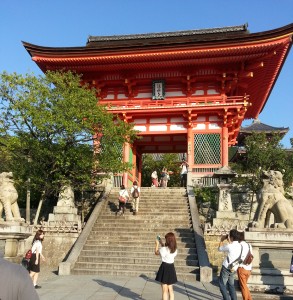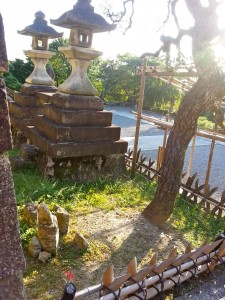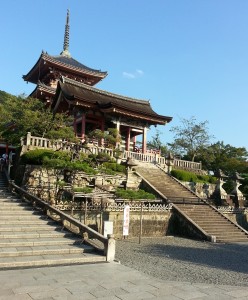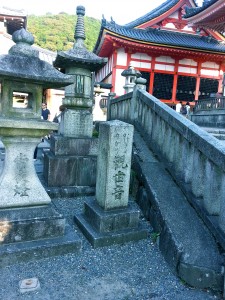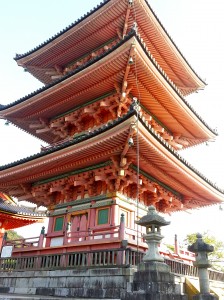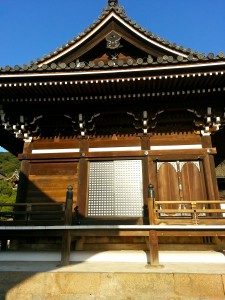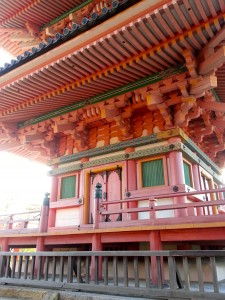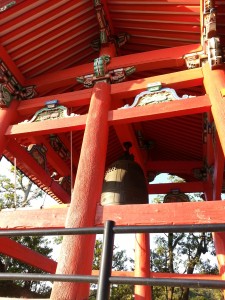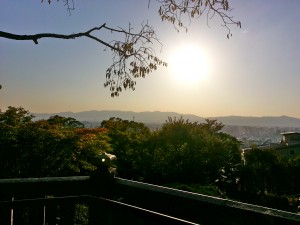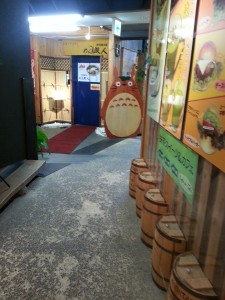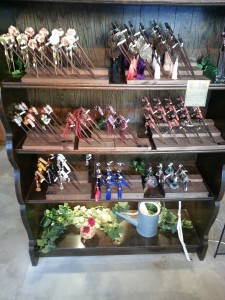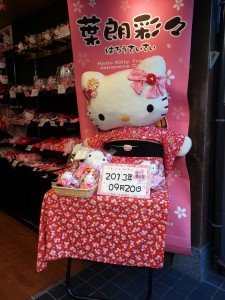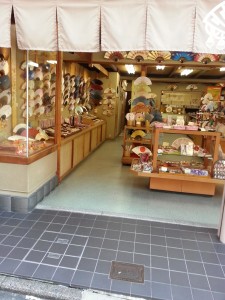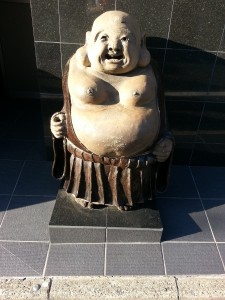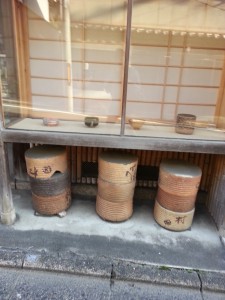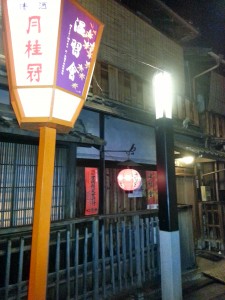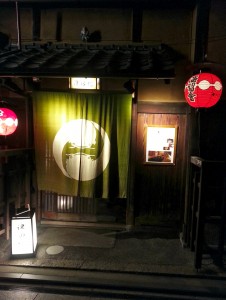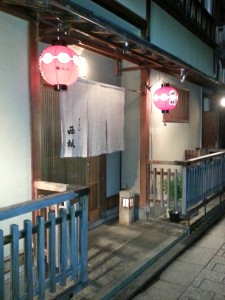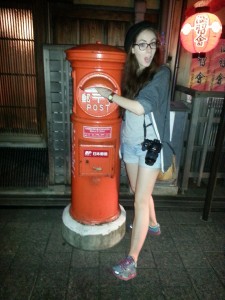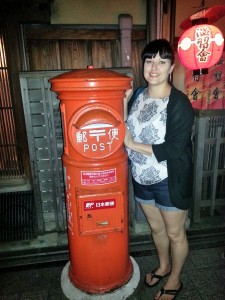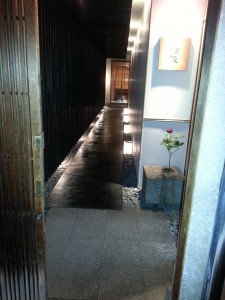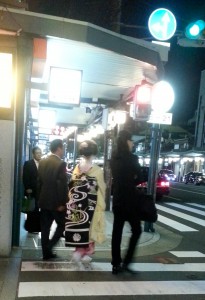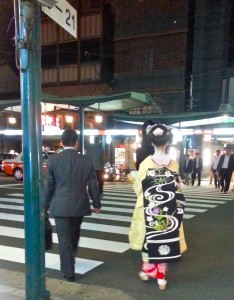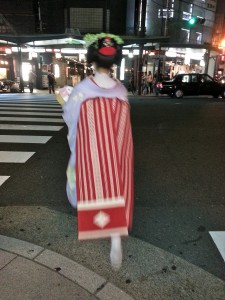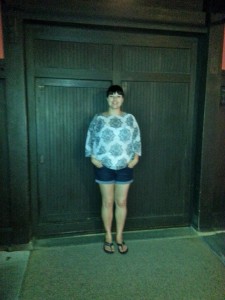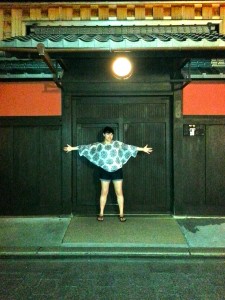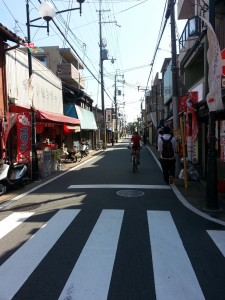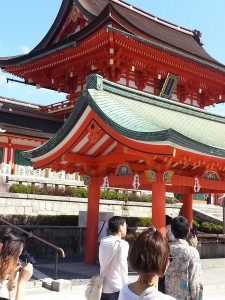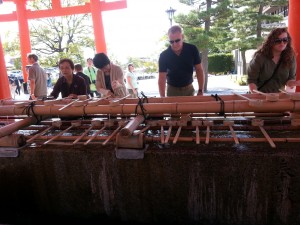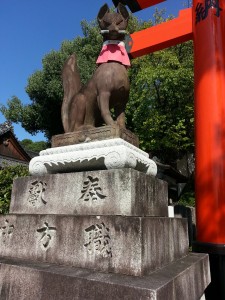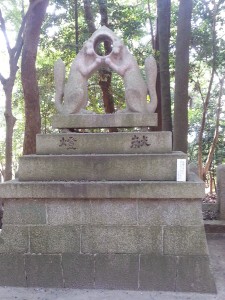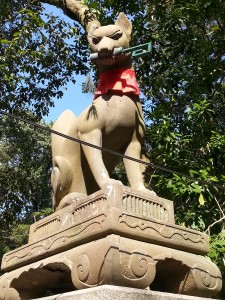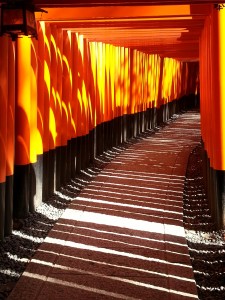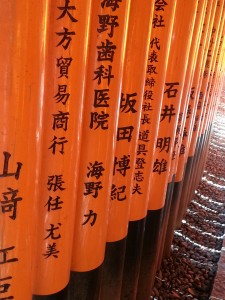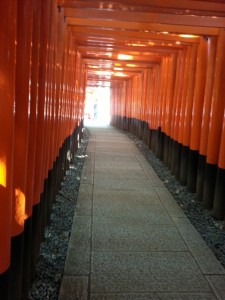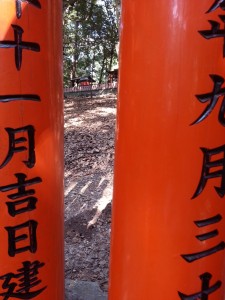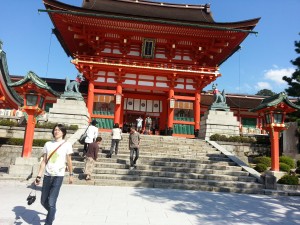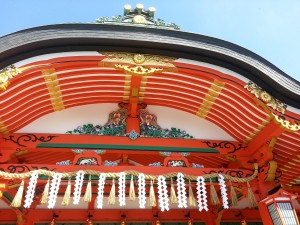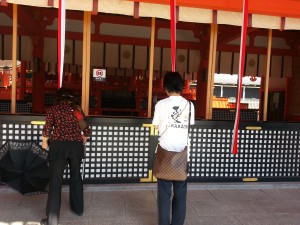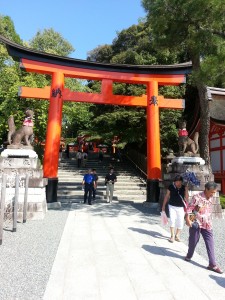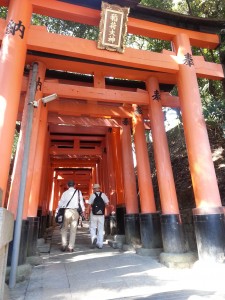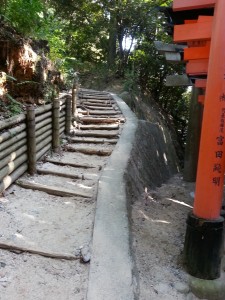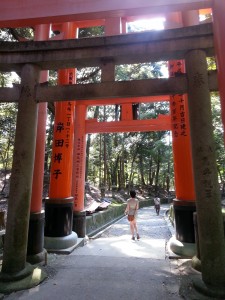Before my friend and I set off on our journey, many people told us to prepare for some difficulties. Every country has its good and bad points, so we were prepared to face the challenges. Turns out, all the warnings were false alarms. Allow me to explain.
Myth #1: No one speaks English in Japan
We were warned about the lack of English speakers in Japan, even in the hotels. We doubted this, seeing as most hotels require all front desk staff to speak two languages, one of which is usually English. Turned out that everyone at all of our hotels not only spoke English but were fluent. We also encountered help from kind strangers in Tokyo and Kyoto who all spoke English very well.
One woman in Tokyo station gave us a hand when we were looking confused, a pharmacy cashier also started conversation in English which proved quite helpful. In Kyoto we had dinner in a little restaurant called Tenkadori and were greeted by a lovely waiter who used English with us and was very helpful. Soon after we arrived, a regular customer came in for dinner and started up an English conversation too. We ended up meeting another staff member who had stopped by on his day off and the four us got on so well that we ended up going for drinks and dessert after dinner together. So, contrary to what you may hear, English is plentiful in Japan and the kindness of Japanese strangers was boundless. Of course, it is helpful to get a phrasebook and learn some Japanese words and phrases. I’m only clarifying what I thought to be an untrue assessment of Japan and their English abilities.
Myth #2: Hardly any shops will accept your Visa card (or other international major credit cards)
Many travelers warned us about the lack of international credit cards being accepted in most of Japan. Travel websites also warned of the issue, saying that even if there was a logo posted that said they took Visa or other credit cards, they often didn’t. Not because they didn’t want to, but because there was some sort of processing complication when it came to running international cards through their machines. This may be true in more rural areas of Japan, but I think that could be said for rural areas around the world, not only Japan. It is possible that those travel websites haven’t updated their travel facts for a while or that the processing issue was recently resolved but either way, credit cards were not a problem.
In almost all the tourist shops and shopping markets, they accepted our cards without issue. As long as your card has a four digit pin number attached to it, you should be fine. Even the Japan Rail customer counter took our cards so we were able to pay for our train ride to Kyoto without using our spending money.
Myth#3 Japan is really expensive
Not true. We found three different hotels during peak travel time between $90-$115. One hotel was 15 minutes walking distance from Tokyo station, one was 20 minutes walking distance from Kyoto station and the other was in Narita, near the airport.
Meals were between $10-15 if you took the time to walk around and evaluate the different deals. One hidden jewel of Japan is that the convenience stores like Lawsons and Family Mart are crazy stocked with awesome food you can eat on the run. They had a huge variety of triangle shaped rice snacks wrapped in seaweed (in Japanese they’re called “onigiri” and in Korean they’re called “samgak kimbap”) for around $1.50, sushi in little bento boxes with tofu and tempura for around $4, udon noodles, hot or cold for around $3, as well as a large selection of breads between $1-$2. We ended up grabbing lunch on the go at Family Mart every day, then having something nice for dinner.
The other point of expense that is often complained about it transportation fees and I can see why people say this, but I have to disagree. It’s true that taxi fares start around $4-6 dollars, but if you consider the fact that you’re usually splitting the fee with a travel buddy, the fee is reduced by half.
Aside from taxis, the rest of transportation seemed reasonable. It’s true that the Japan Rail Pass can be pricey if you think of the cost you’re paying all up front, but when you break it down it’s actually a good deal. I won’t get into it as it could be a post of its own, but basically, if you’re staying in Tokyo for a minimum of three days and plan to do at least one round-trip bullet train ride to another city (like Kyoto as we did), then you are saving quite a bit of money in comparison to paying face value for each ride.
For more information, go here: JR Pass Info
When we left Tokyo and headed for Kyoto, we were worried about getting around and how much it would cost. Turns out that for two days of travel around mostly southern Kyoto, including our one day city bus pass for approx. $5 each, we ended up spending less than $10 each in getting around by bus and subway. Not bad at all.
For those of you expats who may be overseas already and are planning trips to neighboring Asian countries, give Japan a second thought. From an updated, budget-minded traveler who just got back, I feel these myths were worth debunking. If you have further questions or concerns, feel free to leave a comment or connect with me on facebook. Contact info can be found in the “about me” tab above. Until next time, safe travels to all!

